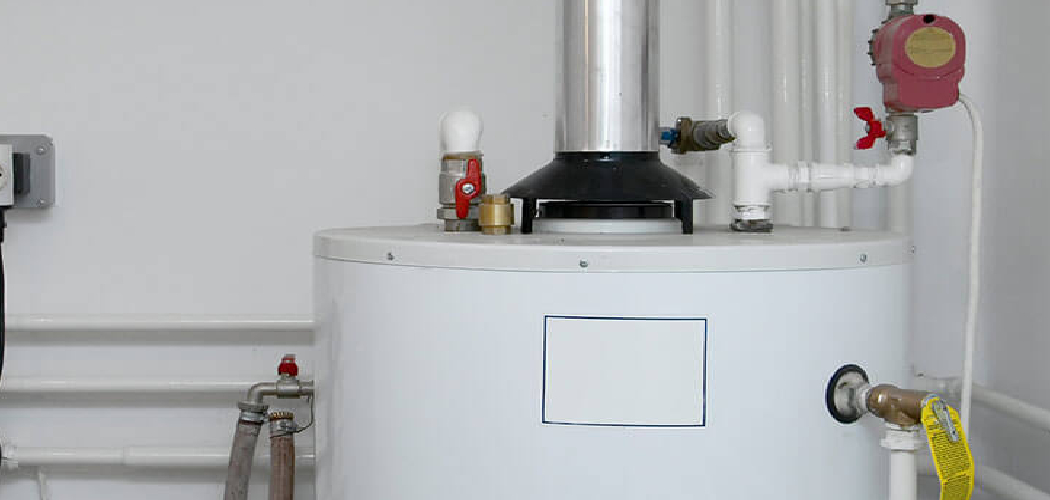Draining a gas water heater is an important maintenance task that helps ensure its efficiency and prolongs its lifespan. Over time, sediment and mineral deposits can accumulate at the bottom of the tank, reducing performance and potentially causing damage. Regularly draining the water heater removes these deposits, ensuring optimal operation while also preventing issues like strange noises or decreased hot water output.
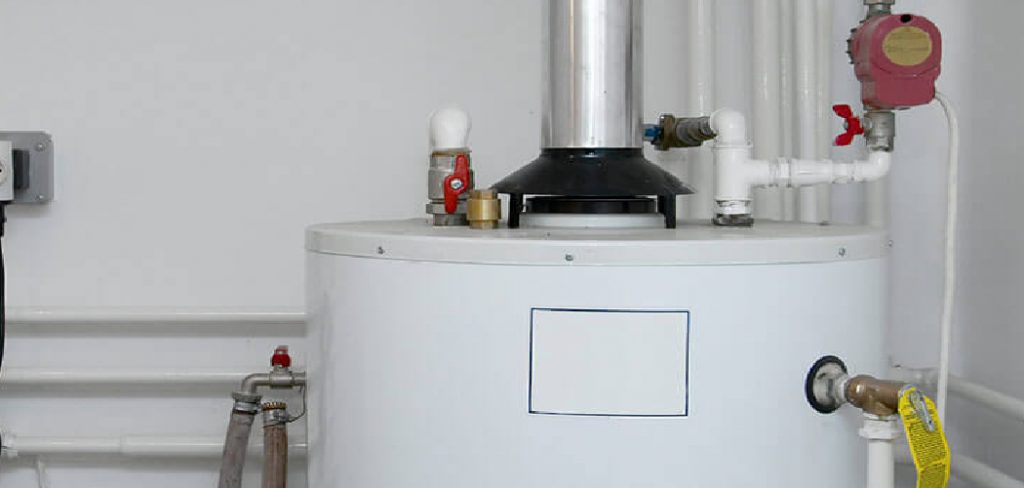
This guide on how to drain a gas water heater will provide clear, step-by-step instructions on how to safely and effectively drain a gas water heater.
Why Drain a Gas Water Heater?
There are several reasons why it is important to drain a gas water heater regularly. As mentioned before, draining the tank removes sediment and mineral deposits that can affect its efficiency and lifespan. This buildup not only decreases performance, but it also puts unnecessary strain on the tank and other components, potentially leading to malfunctions or breakdowns.
Additionally, draining a gas water heater can help improve the quality of your hot water. Sediment buildup can cause strange noises or discoloration in the hot water, making it unpleasant to use. By regularly draining the tank, you can ensure that your hot water is clean and clear.
Another reason to drain a gas water heater is for maintenance purposes. Over time, the connections and valves in a water heater can become loose or corroded, leading to leaks or inefficiency. By draining the tank and inspecting these components, you can catch potential issues early on and prevent costly repairs down the road.
Needed Materials
- A Garden Hose Long Enough to Reach From the Water Heater to a Drain or Outside Area.
- A Pair of Pliers or Wrench (Depending on the Type of Connections on Your Water Heater).
- Protective Gloves and Goggles, as Hot Water Can Cause Burns.
6 Steps on How to Drain a Gas Water Heater
Step 1: Turn Off the Gas Supply
For safety, start by turning off the gas supply to the water heater. Locate the gas shut-off valve, which is typically found near the base of the unit. Turn the valve handle clockwise until it is fully closed to stop the flow of gas.
This step ensures there is no risk of gas leaks while you work on the water heater. Additionally, it’s a good idea to double-check that the pilot light is out before proceeding.
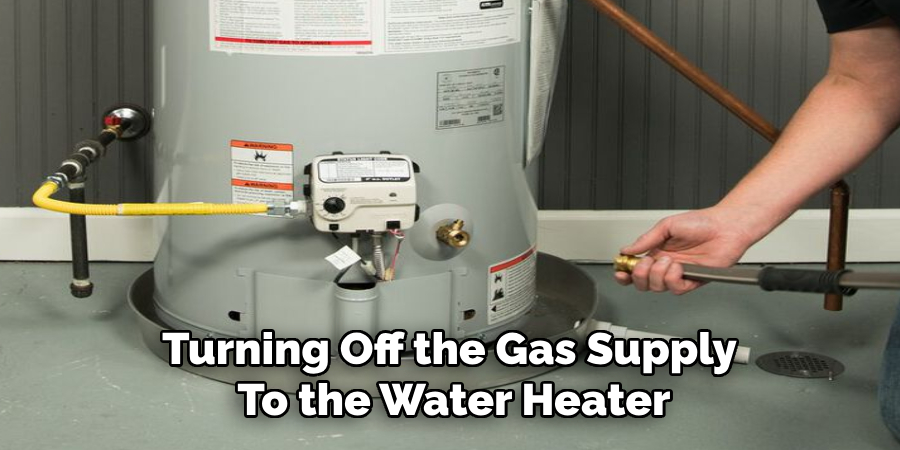
Step 2: Turn Off the Water Supply
Next, turn off the water supply to the water heater. Locate the cold water shut-off valve, typically found at the top of the unit where the cold water pipe enters. Turn the valve handle clockwise until it is fully closed.
This step prevents additional water from entering the tank while you drain it. Confirm that the water supply is fully shut off before you proceed to avoid any interruptions during the draining process.
Step 3: Drain the Water Heater
Once both gas and water supplies are turned off, you can begin draining the tank. Attach a garden hose to the drain valve at the bottom of the tank and run it to a nearby floor drain or outside.
Open up any hot water faucets in your home to help with drainage and prevent suction from forming in the tank. Once the tank is completely drained, close the drain valve and remove the hose.
Step 4: Flush the Tank
With the tank completely drained, it’s time to flush out any remaining sediment. Open the cold water supply valve to allow fresh water to flow into the tank. The incoming water will help rinse out any debris or sediment that has accumulated over time. Allow the water to run through the tank and exit via the drain valve until the water runs clear.
This process ensures that your water heater operates efficiently and prevents future buildup. Once the water runs clear, close the cold water supply valve and the drain valve. Make sure the tank is fully drained again before moving to the next step.
Step 5: Refill and Restart the Water Heater
Once the tank has been flushed, close the drain valve completely and ensure the cold water supply is turned back on. Allow the tank to refill by watching the open hot water faucets in your home—water should flow steadily once the tank is full, indicating that air has been purged from the system.
Afterward, close the faucets. If you have an electric water heater, reconnect the power supply or switch the breaker back on. For gas water heaters, relight the pilot light if necessary and follow the manufacturer’s guidelines to adjust the thermostat to the desired temperature. Your water heater is now ready for use.
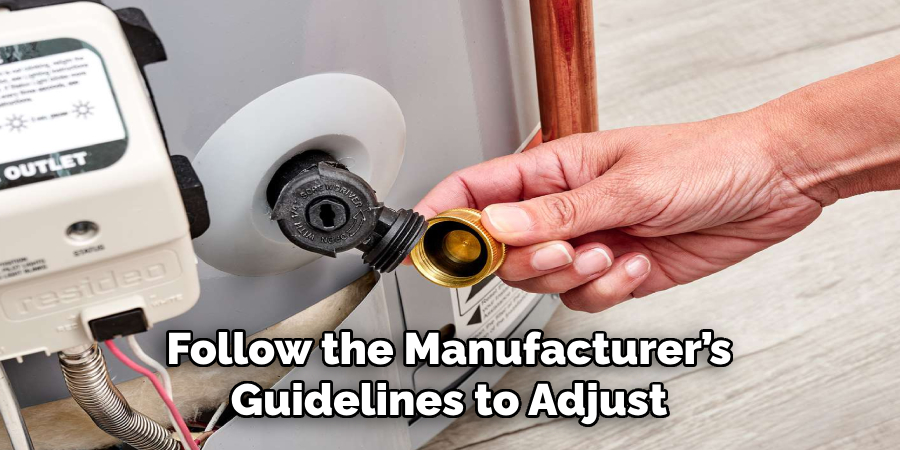
Step 6: Regular Maintenance
To ensure your water heater continues to function efficiently, it is important to perform regular maintenance. This includes checking and replacing the anode rod every few years, inspecting and cleaning the burner assembly, and draining and flushing the tank annually.
Additionally, it is recommended to set your water heater’s temperature to 120°F (49°C) for optimal energy efficiency. If you have hard water in your area, consider installing a water softener or using a descaling solution periodically to prevent build-up inside the tank.
By following these steps on how to drain a gas water heater and performing regular maintenance on your water heater, you can extend its lifespan and save money on energy bills. Remember to always follow safety precautions when handling a gas or electric water heater and consult a professional if you encounter any issues.
Additional Tips and Considerations
- Draining and flushing your water heater at least once a year is recommended to maintain its efficiency and prevent buildup.
- Consider insulating your water heater tank to reduce heat loss and save on energy costs.
- If you notice any leaks or strange noises coming from your water heater, it is important to address them immediately to prevent further damage.
- Keep a record of when you perform maintenance on your water heater so you can stay on top of regular maintenance intervals.
- In areas with hard water, using a water softener can help prolong the life of your water heater by reducing mineral bbuildupinside the tank.
- Regularly check the temperature and pressure relief valve on your water heater to ensure it is functioning properly. This valve is an important safety feature that releases excess pressure in the tank to prevent explosions.
- If you notice any leaks, rust, or corrosion on your water heater, it’s important to address the issue immediately. These can be signs of a larger problem and should not be ignored.
- Consider insulating your water heater with an insulation blanket to improve its efficiency and reduce energy costs.
Do You Need to Use Professionals?
While many water heater maintenance tasks can be done on your own, there are situations where it’s best to call a professional. If you encounter complex issues such as significant leaks, problems with the heating elements, or strange noises coming from your tank, professional assistance is highly recommended.
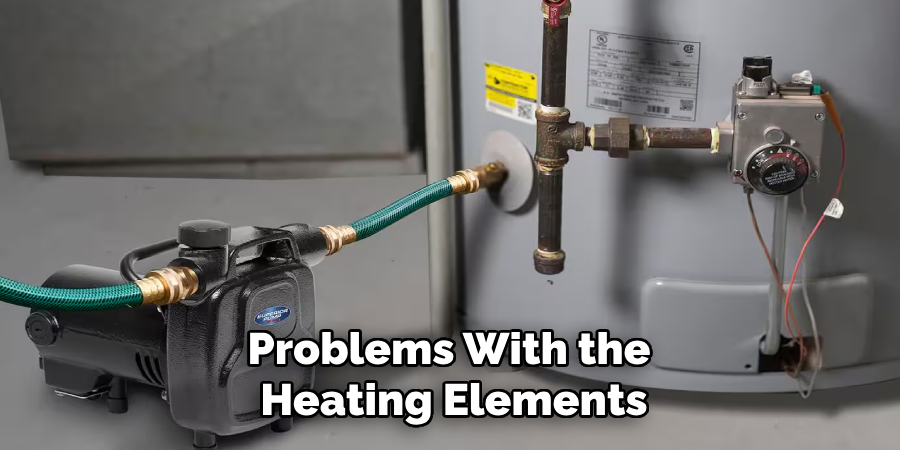
Additionally, if you’re not comfortable performing certain maintenance tasks, like flushing the tank or replacing parts, a licensed plumber can ensure the work is done safely and correctly. Professionals also conduct inspections to detect hidden issues early, potentially saving you money on costly repairs in the future.
Frequently Asked Questions
Q1: How Often Should I Perform Maintenance on My Water Heater?
A1: It is recommended to have your water heater serviced annually by a professional plumber. This allows for early detection of any potential issues and helps increase the lifespan of your unit. You should also regularly check for any signs of leaks or other problems and address them promptly.
Q2: Can I Perform Maintenance Tasks Myself?
A2: Yes, some maintenance tasks can be done by homeowners, such as checking the temperature and pressure relief valve and draining the tank. However, it is important to follow safety precautions and consult a professional if you are unsure or uncomfortable with certain tasks.
Q3: What Are Some Signs That My Water Heater Needs Maintenance or Repairs?
A A3: Signs that your water heater may need maintenance or repairs include strange noises, rusty water, leaks, and high utility bills. If you notice any of these signs, it is important to have a professional inspect and service your water heater as soon as possible to prevent further damage or potential safety hazards.
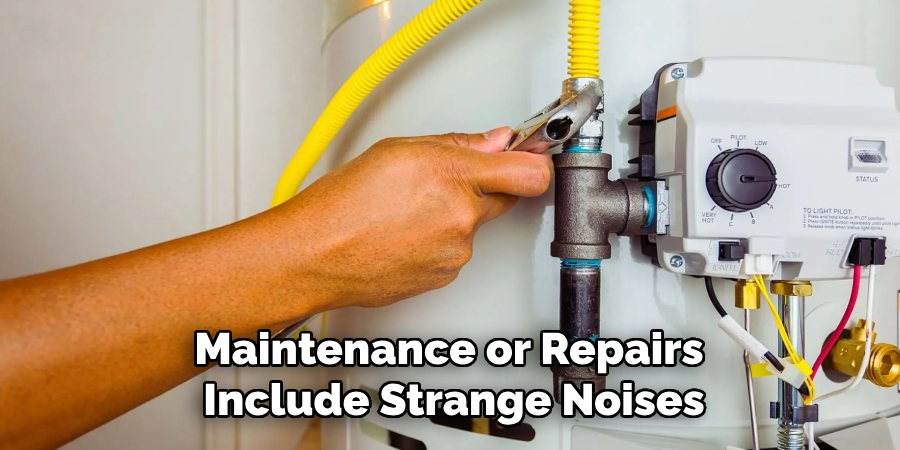
Conclusion
In conclusion, taking care of your water heater is crucial in order to ensure its longevity and efficiency. By performing regular maintenance, such as flushing the tank and setting the temperature correctly, you can save money on energy bills and avoid costly repairs or replacements.
Don’t forget to also consider the quality of your water and take necessary steps, like installing a water softener, to prevent build-up inside the tank. With proper care, your water heater can continue providing hot water for years to come. Thank you for reading this article on how to drain a gas water heater.

